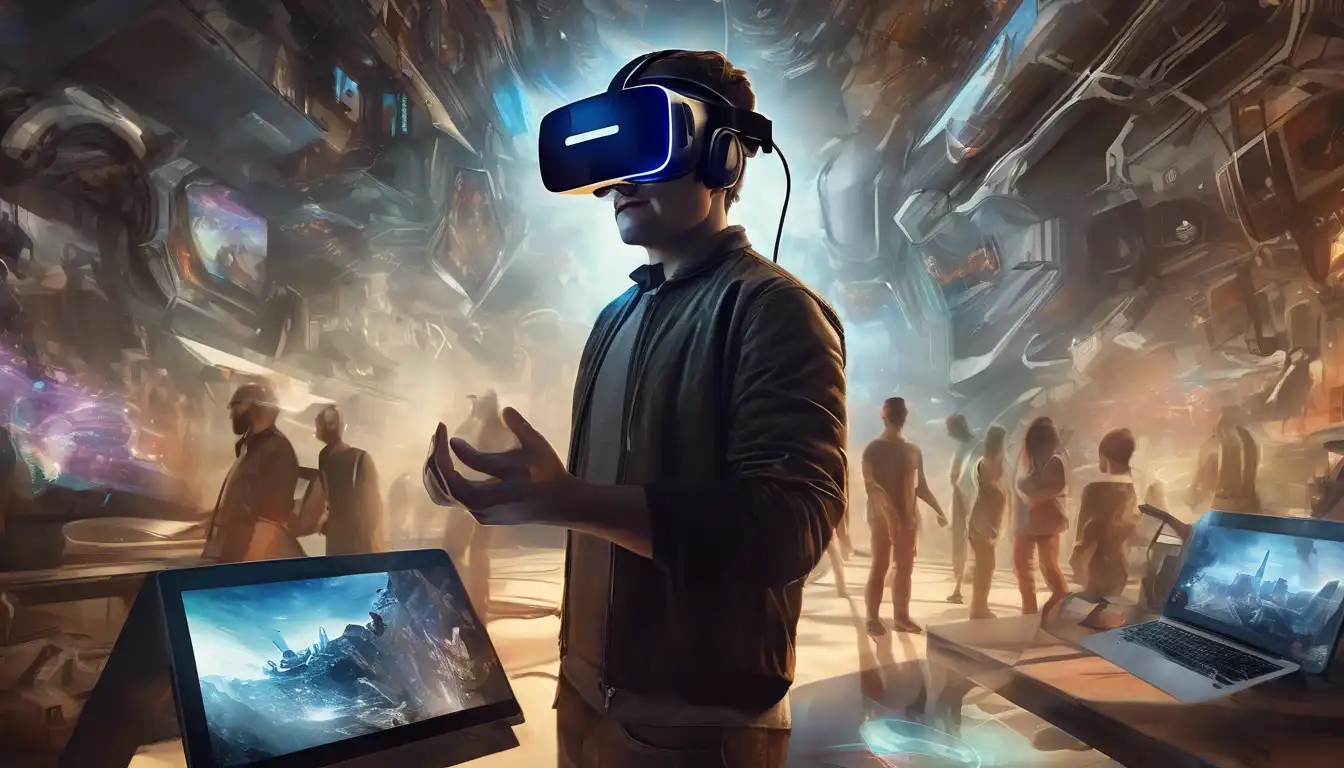Introduction to Virtual Reality
Virtual Reality (VR) is no longer a figment of science fiction but a tangible, rapidly evolving technology that's setting the stage for the next big leap in digital interaction. By creating immersive, three-dimensional environments, VR is transforming how we play, learn, and work.
The Evolution of Virtual Reality
From its early days as a niche gaming technology to its current status as a versatile tool across industries, VR has come a long way. Innovations in hardware and software have made VR more accessible and affordable, paving the way for widespread adoption.
Applications of Virtual Reality
VR's applications are vast and varied, including but not limited to:
- Education: Immersive learning experiences that enhance understanding and retention.
- Healthcare: From surgical simulations to therapy for PTSD, VR is making waves.
- Real Estate: Virtual tours allow potential buyers to explore properties remotely.
- Entertainment: Beyond gaming, VR is revolutionizing movies and live events.
Challenges and Opportunities
Despite its potential, VR faces challenges such as high costs and the need for more content. However, these obstacles present opportunities for innovation and growth in the tech sector.
The Future of Virtual Reality
As technology advances, VR is expected to become even more immersive and integrated into our daily lives. With the advent of 5G and AI, the possibilities are endless.
Conclusion
Virtual Reality is not just the next big thing in tech; it's a gateway to new worlds and experiences. As we continue to explore its potential, one thing is clear: VR is here to stay, and its impact will be profound.
